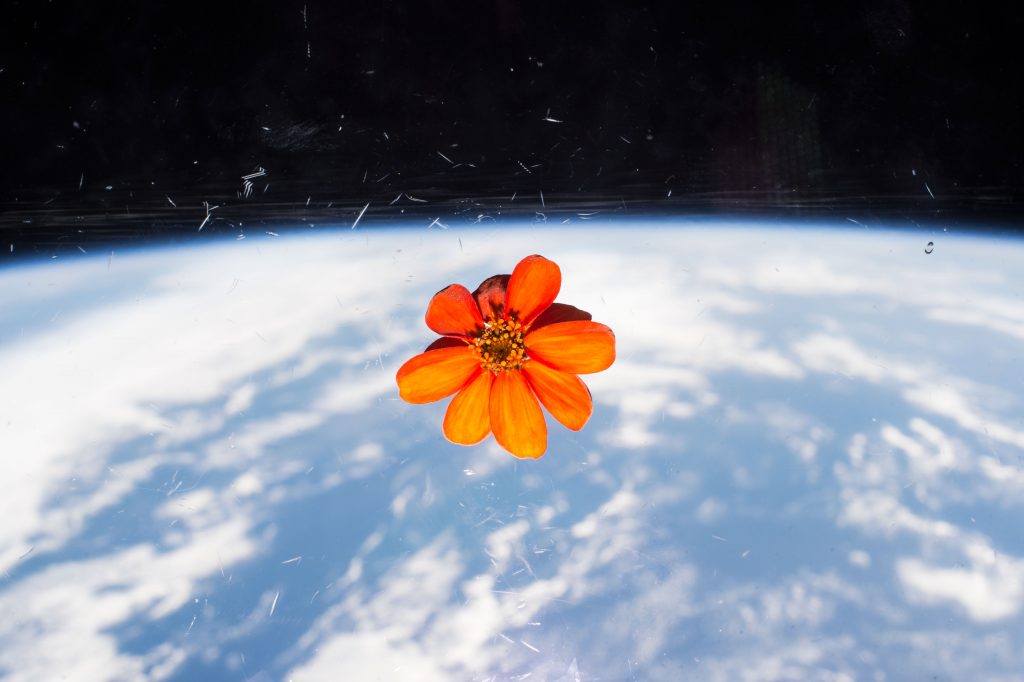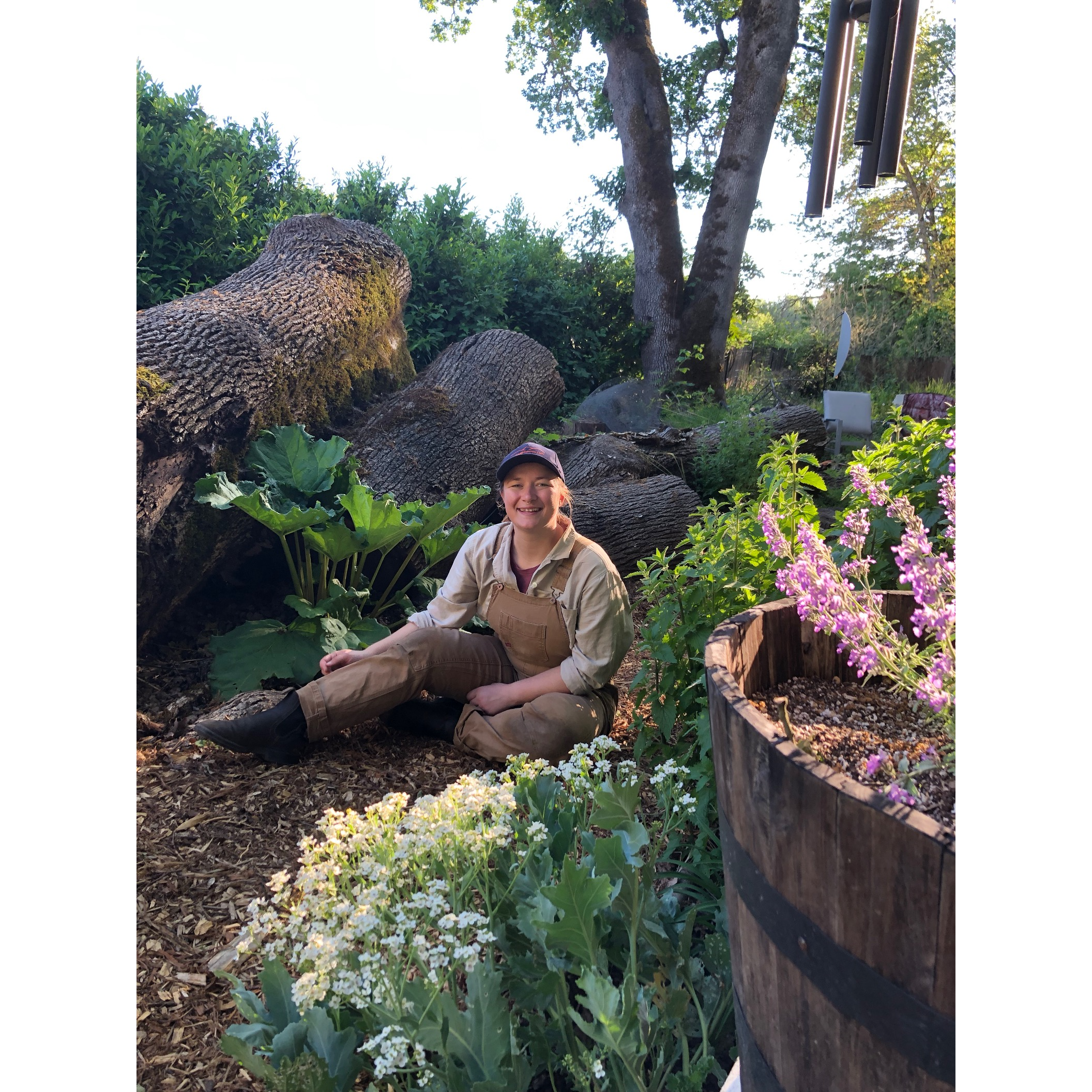
What’s next in urban agriculture is going to take place in the cityscape we’ve all heard described before: two-thirds of the world’s 10 billion people will be living in urban areas—mostly across 40 or more mega-cities around the globe—by the year 2050. You’re probably bracing yourselves, waiting for either a list of depressing facts or some ‘hail Mary, technology can save us all’ kind of talk.
Not today. Today we think of green pastures amid concrete jungles.

Urban agriculture is the production, processing, and marketing of produce based on living systems from the land or water located throughout urban and peri-urban areas. Anyone cropping food, flowers, fiber, feed, or herbs from their corner of their city is engaging in a small-lot, local agriculture with an utterly minimized transport chain from grower to eater. These green, vegetative, productive spaces within city landscapes can provide valuable ecosystem services: floral habitat for pollinators, stormwater management, and even mediating the temperature extremes of urban heat islands. People often find urban gardens foster cross-cultural and multi-generational spaces for social interaction. These disparate green spaces, however small each might be, aggregate to large areas across metropolitan regions. A conservative 20 acres of urban gardens in Portland, Oregon, fifty-one acres in Chicago, Illinois, and a whopping 120 acres in Madison, Wisconsin!
More good news: these growing plots don’t stop at the hobby level. Across the United States, counties with significant urban encroachment also produce the lion’s share of fruits, nuts, berries, and vegetables, as well as accounting for most of the farm-gate value of these goods.
But now we come to a bit of bad news, unfortunately. Because while these urban-adjacent farmlands produce the most food in the most high-value agricultural markets, their days are numbered. While not as romantic as the Amazonian forests, some of the most fertile land across this country is being consumed and paved over by sprawling cityscapes. This plight is common due to a mismatch between those who own deeds to land and those who seek the land’s productive agricultural use. Countless urban spaces have seen their productive days ended when the land became valuable enough for someone to decide to sell it off for development.
This is relevant to us today because growing food within the cities themselves is one of the easiest ways to increase our resilience against disruptions to our modern, industrialized food supply chain. Just as victory gardens stabilized many citizens through global wars, we too can use our land and our labor to renovate vacant land in shrinking cities like Baltimore, Cincinnati, Philadelphia, Detroit, and the others which are sure to follow the implosion of the last economic boom.

New American farmers—entrepreneurs all—are literally working overtime to access the new niche markets which are springing up across modern urban centers. They’ve surveyed the future and invested in becoming extremely specialized producers of fine agricultural goods. To me, that sounds like taking quite chance: betting it all on a small market with few, discerning clients.
But we might gain some of their confidence if we examine some of their assumptions. Barring extreme, world-altering scenarios like an extinction-event asteroid impact, human population in 2050 is pretty well guaranteed at this point. It’s only thirty years away and average birthrate is not quickly changing. This also means we can be pretty secure in the assumption of continued urbanization. The current population density alone is enough to birth enough humans to further compound the growth of urban centers. This makes the relevance of things like tele-commuting more a question of degree of urban density and sprawl growth. Lastly, many farmers are seeing their emotional investment in the quality of food finally reflected in public policy.
A proposed “new food equation” predicts the end of ‘cheap food’ as global calorie production has been secured. The focus is now changing to include quality, or the nutritional content of foodstuffs. Nations recognize that food production remains a matter of national security in a number of ways. First as a matter of imports and exports. Self-sufficiency means not relying upon another nation to feed your populace. Excessive production enables exports which not only enrich a nation but can operate as the same leverage which is being avoided in the previous example. Lastly, public officials and private people are beginning to attribute more health complications and costs to dietary factors like obesity or malnutrition.
New urban farmers are exploring many novel approaches to urban agricultural production. Controlled Environment Agriculture (CEA) is taking protected cultural growing techniques and implementing them using modern technology. Managers can adjust a whole palette of environment controls: light, temperature, precipitation, atmospheric composition, hormonal regulation, and genetic alteration.

This is made possible largely due to advances in microelectronic technology. Light-emitting diodes (LEDs) have drastically slashed the cost AND increased the efficiency of artificial lighting. Cost-effective LEDs have revolutionized indoor production like plastic sheeting did for field production. And with the decreased cost of indoor production comes increased innovation as more minds are able to devise feasible plans to grow something worthwhile in artificial conditions. Some of these ideas look to the world’s growing demand for protein and consider growing plant-protein for lab-burgers whiles others simply aim to minimize their livestock and grow insect-protein.
How can someone possibly stay abreast of all these developments? I feel like I’ve listed too many, and yet for each example in this text there are a dozen which could not be included. Well, the first way is to get directly involved! Find and become a part of something in urban agriculture. If you’re in relevant circumstances you’ll need to expend less energy trying to stay informed as this will simply become a common topic of your conversations. You could also set up some phrases to trigger a news-aggregator to your inbox. Look for topics relevant to new urban farming. I reiterate my point about protein production: it’s going to be big at some point and the innovation is going to be discovered by a small operation facing unconventional challenges. While it’s cliché and tastes like papier-mâché to say: apps! Seriously, be on the lookout for apps which facilitate the work of small farmers. If there’s ever going to be a mass mobilization of people into agriculture, then we need to simplify and systematize as much as we can. Trust me, most of them will feel fine if they’re no longer forced to wear so many hats.
If you’re still interested, you might benefit from investigation into various topics which have been extensively researched and greatly overlap with many facets of urban agriculture. Cuba’s organopónicos system demonstrates the practical success of urban food production when actively pursued by many people and policies. The Netherlands have led global greenhouse production for years, and they continue to innovate and push the boundaries of protected and synthetic production environments.

Space! The final frontier. It’s exciting, isn’t it? I’m excited even just to say the word. I really did shout it out just then. I’m dreaming of going to space one day, how about you? Anyway, astronauts are experimenting with plant growth and crop production in space. It’s all quite enthralling, but too much for this post. If you’d like to know more, keep an eye out for my next post in a couple months!
Further research options:
An article from National Geographic about how The Netherlands ‘feed the world.’ Especially interesting is the third picture showing vertical production of chickens.
An all-encompassing chapter regarding urban soils, from my most favored author on the subject: Pouyat et al., 2010.
A podcast episode about urban growers in early New England who are called “The Diggers.” I suggest starting at either 40 seconds in or at 3:20, then listening through to at least 12:15.






2 Comments
Add Yours →Hello, Your article is very useful for me and I also shared your article with my Friends. And I also cover the topics related to agriculture. Thanks for Sharing your Knowledge and thoughts.
Ahmad, I’m glad to hear you’re doing this work and found this helpful.